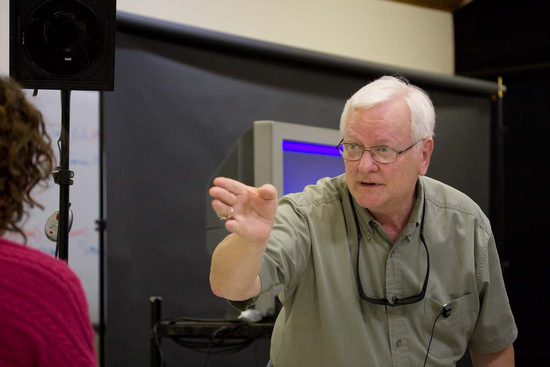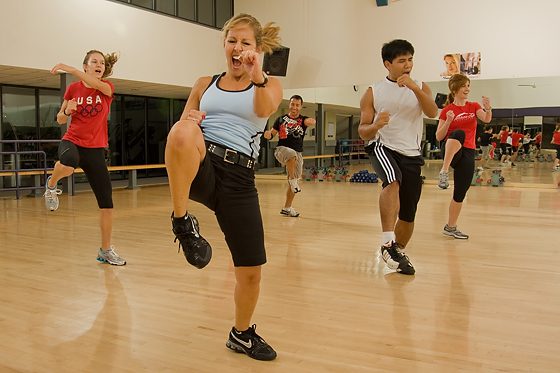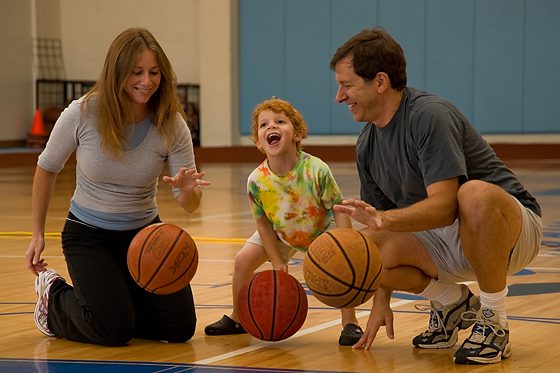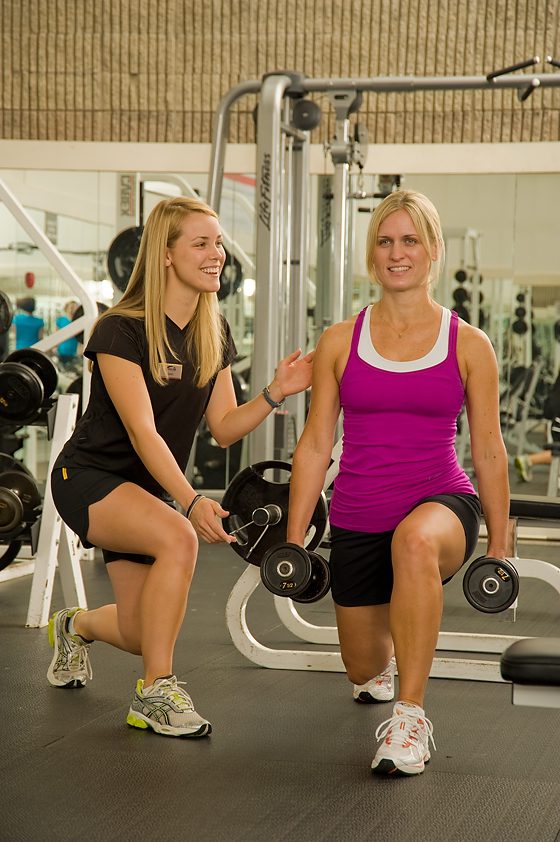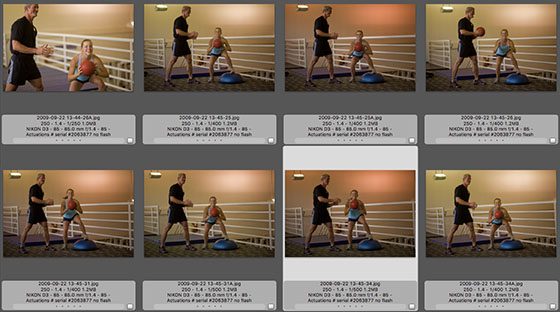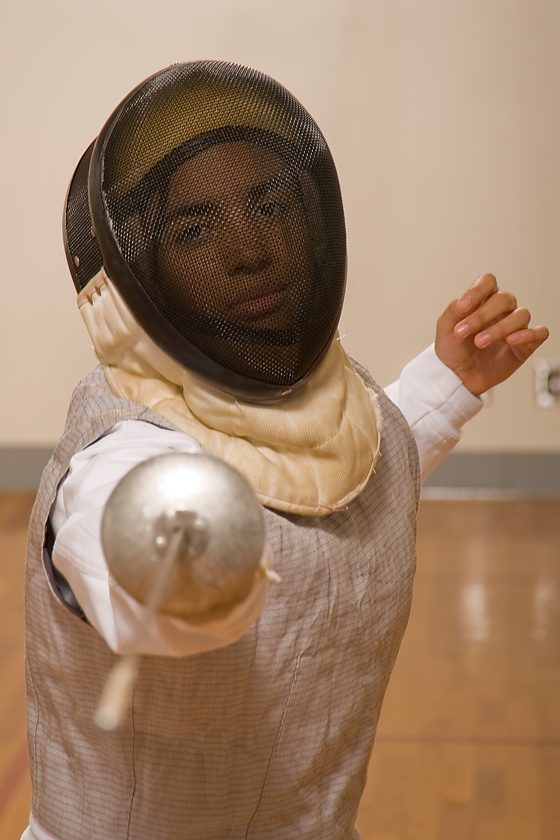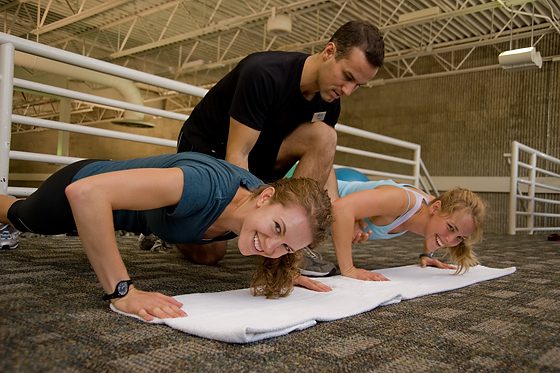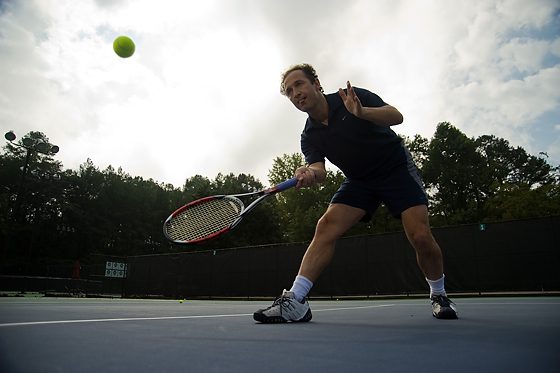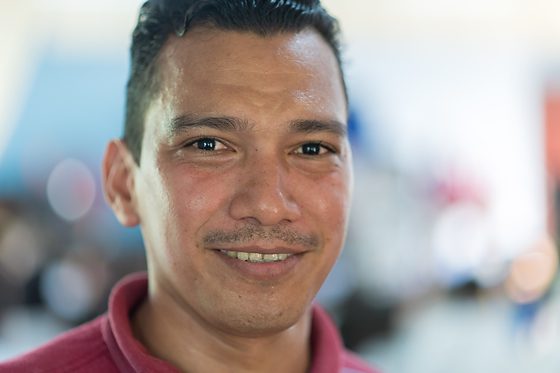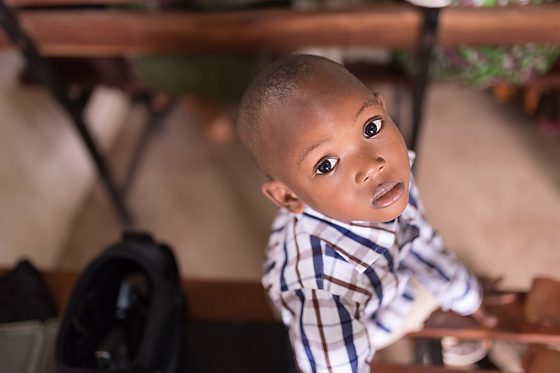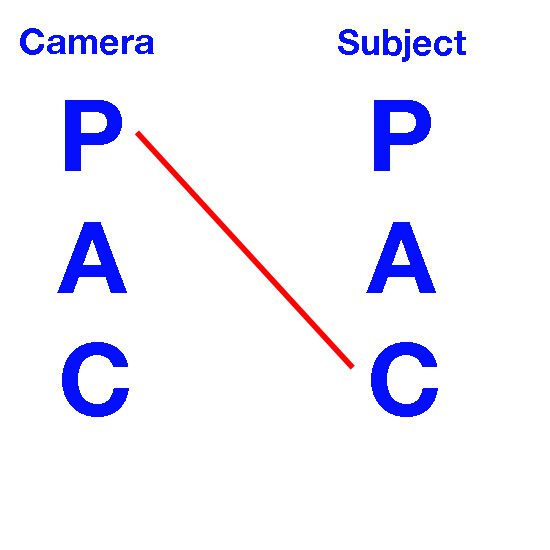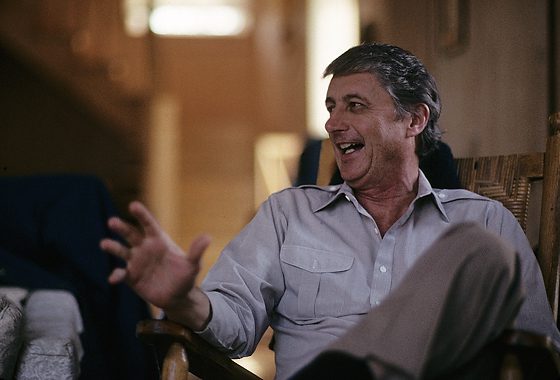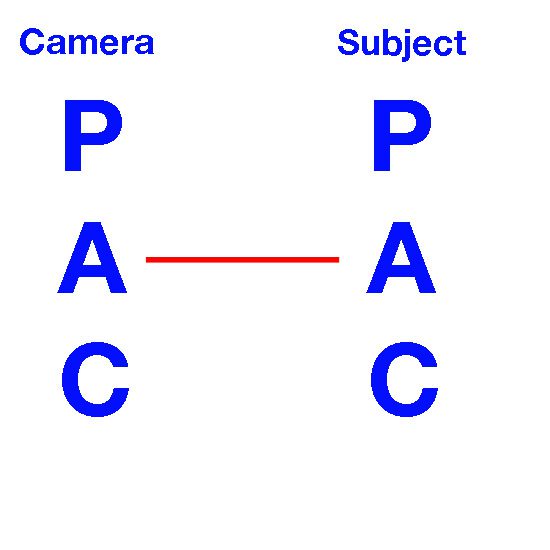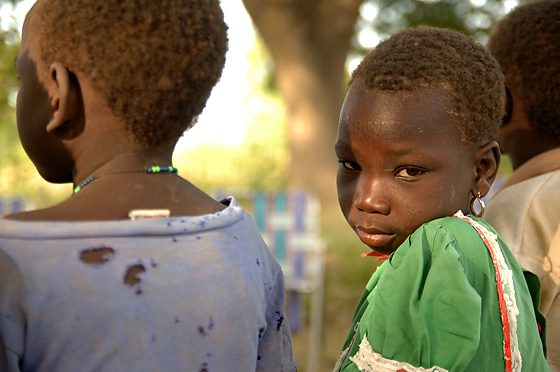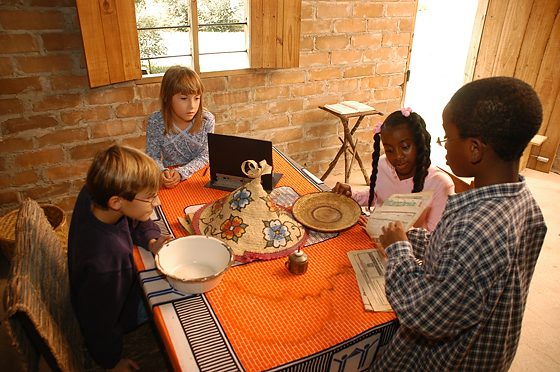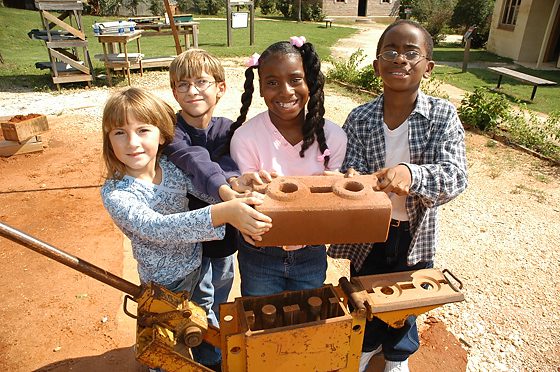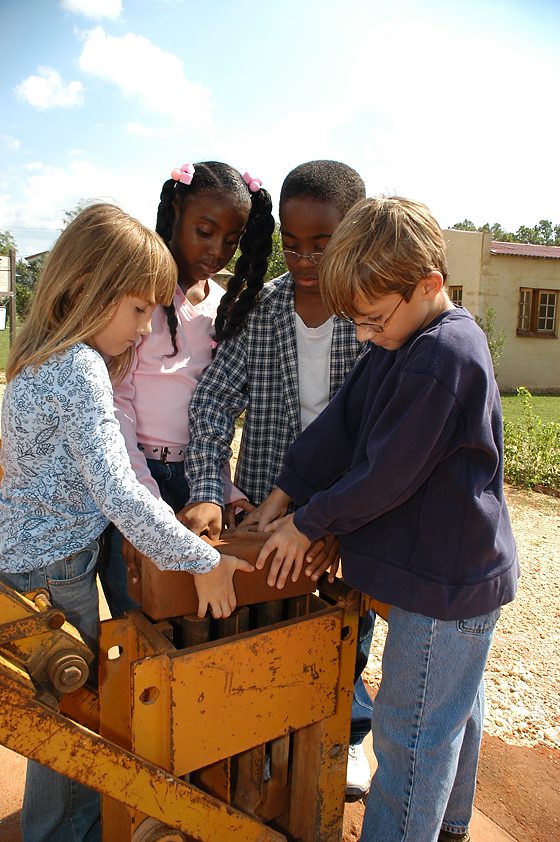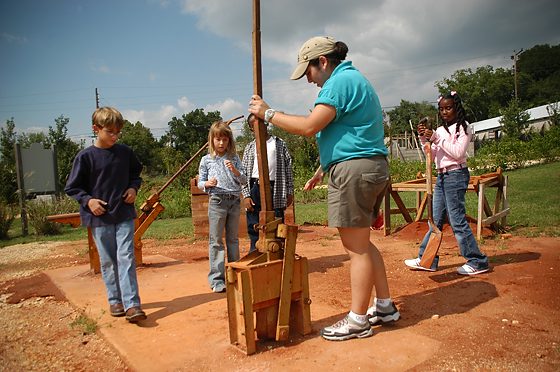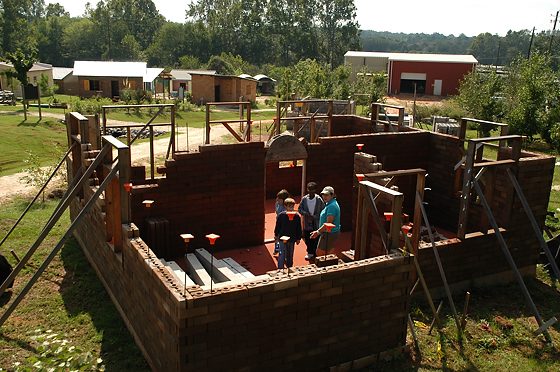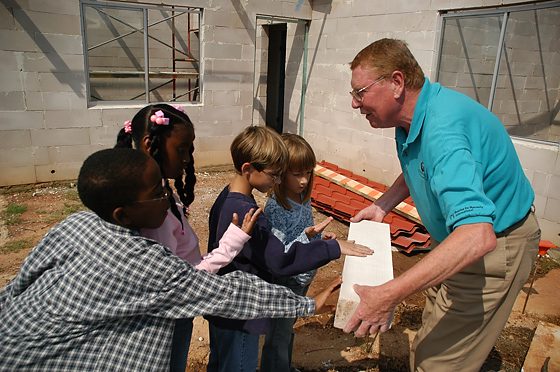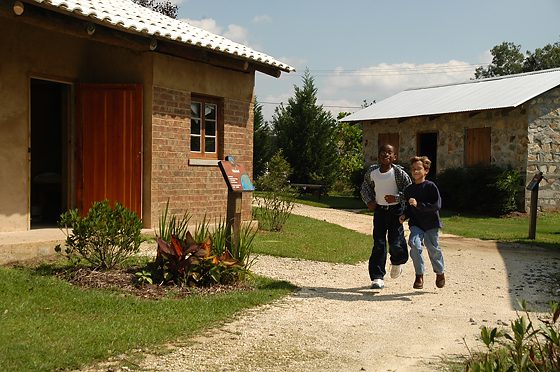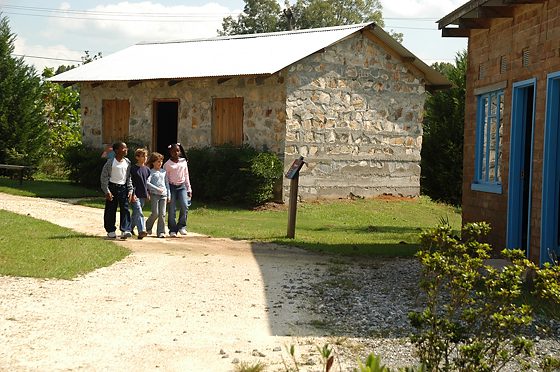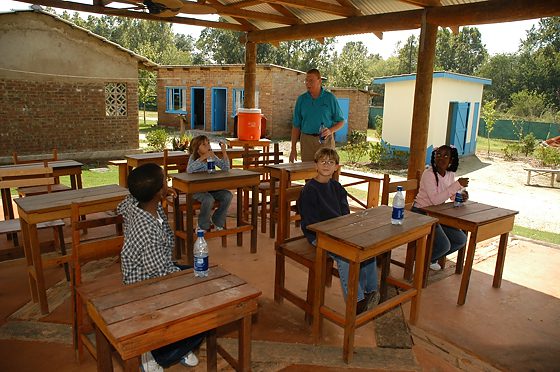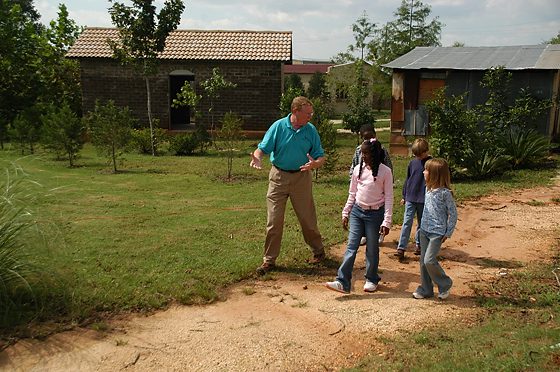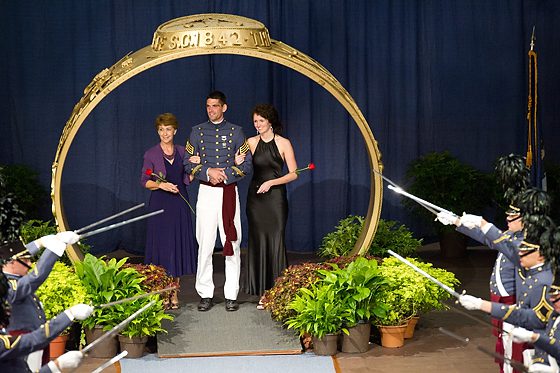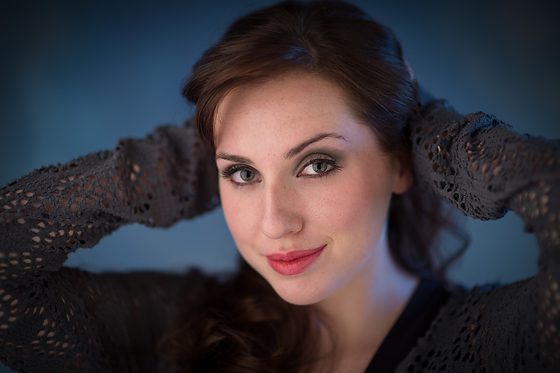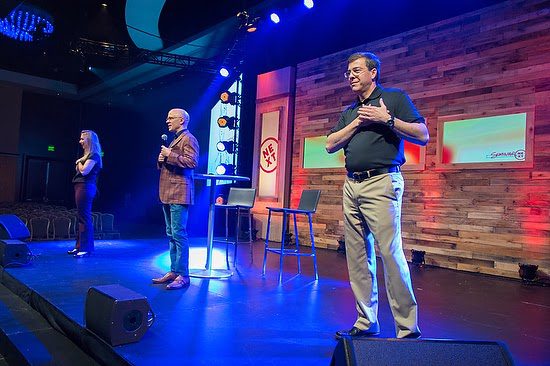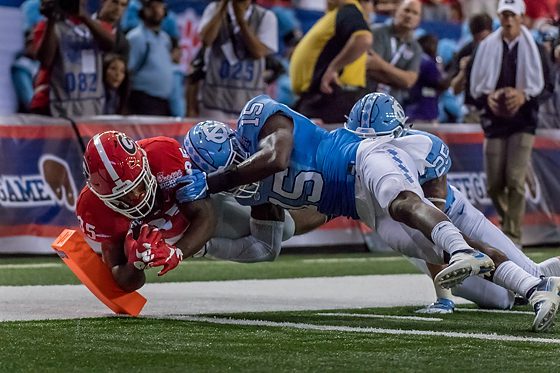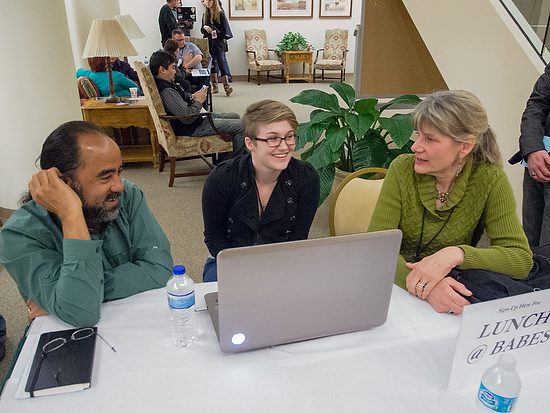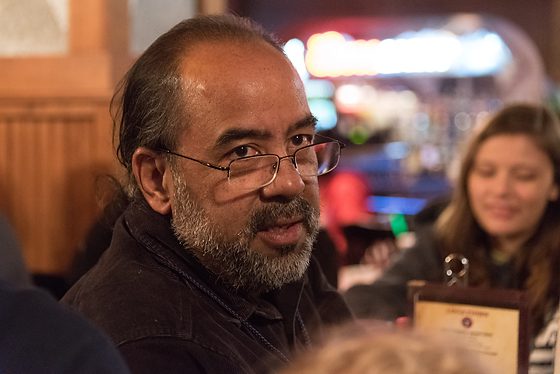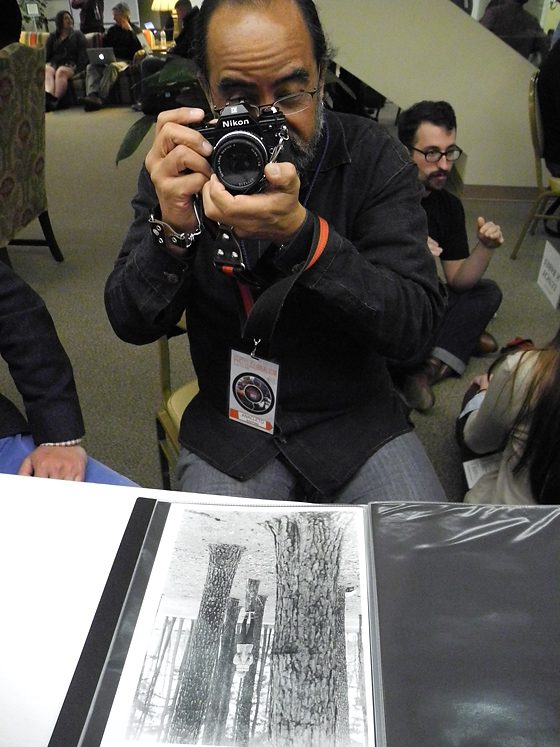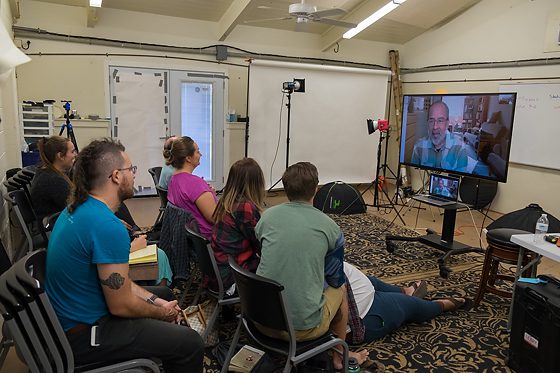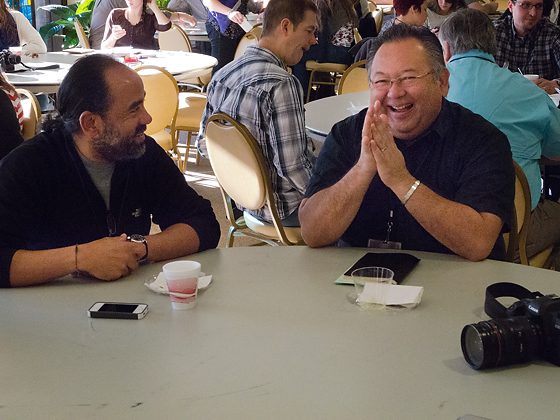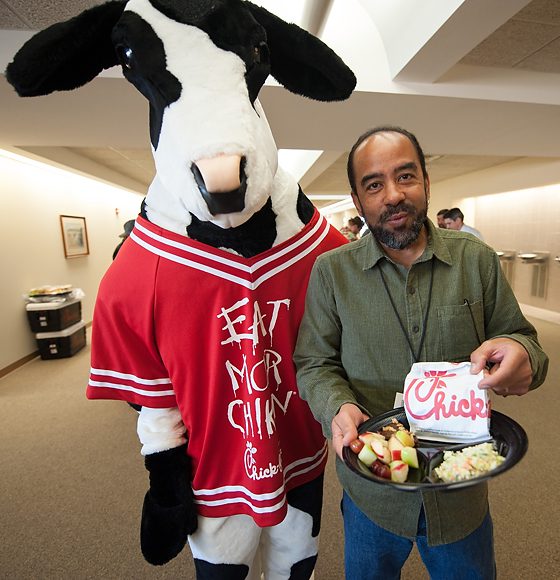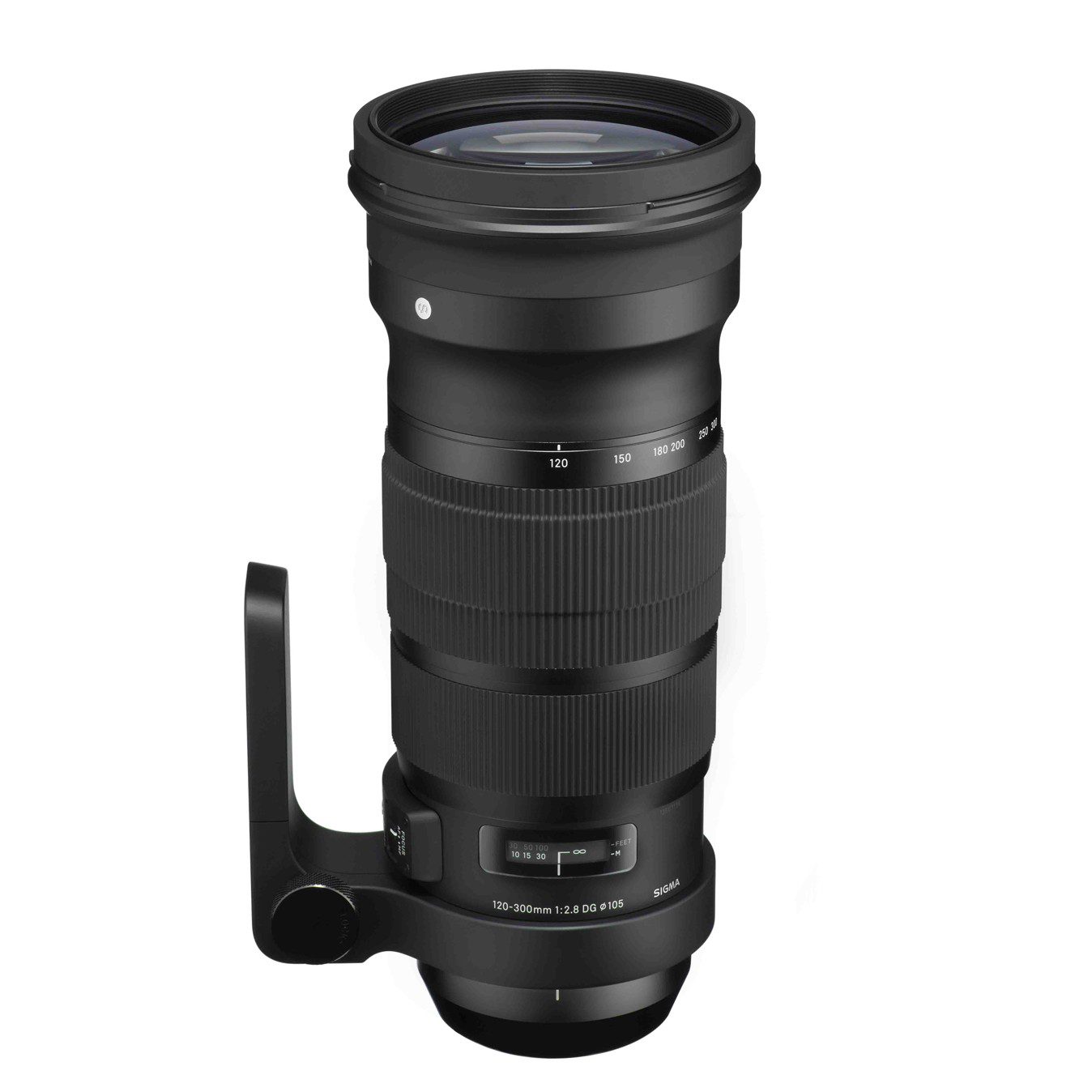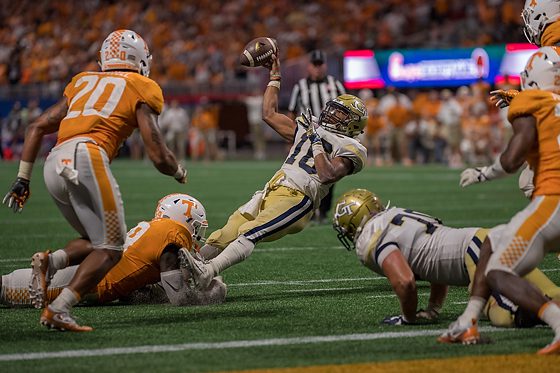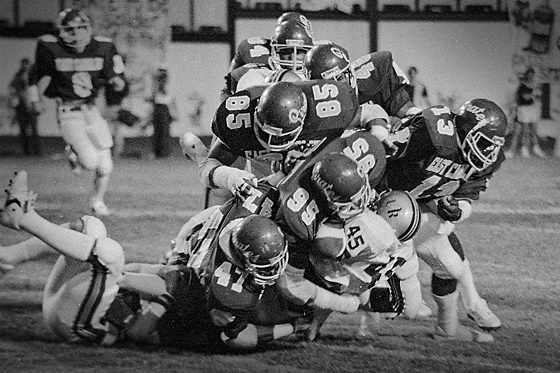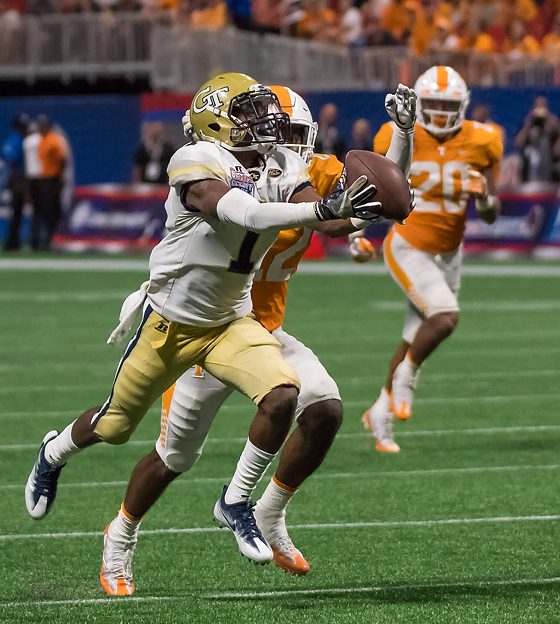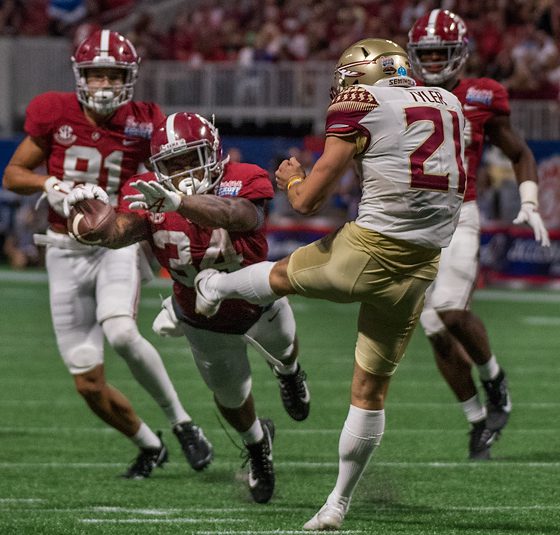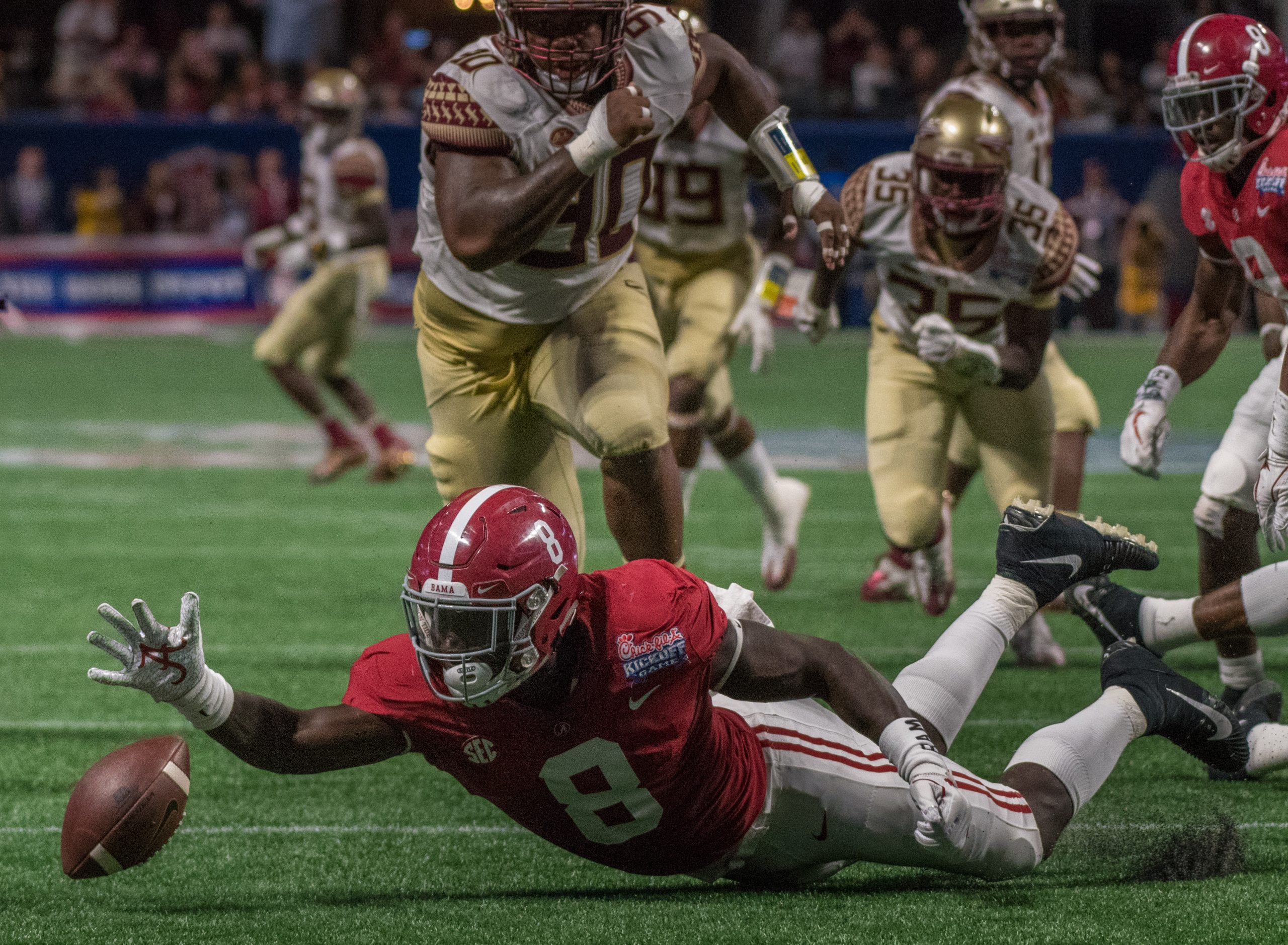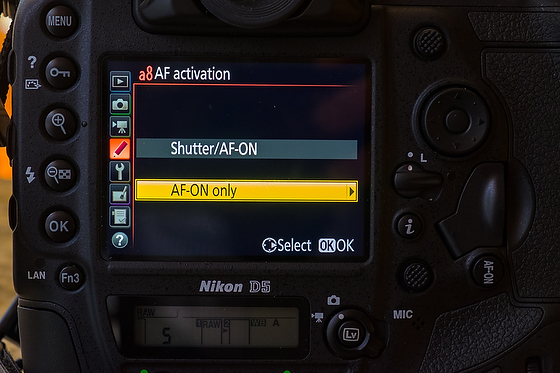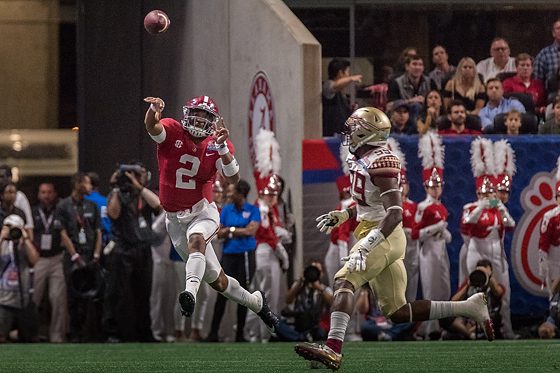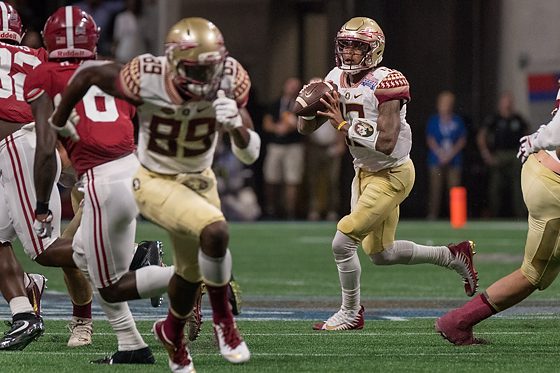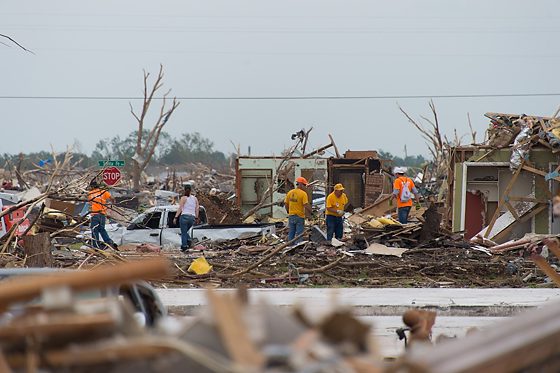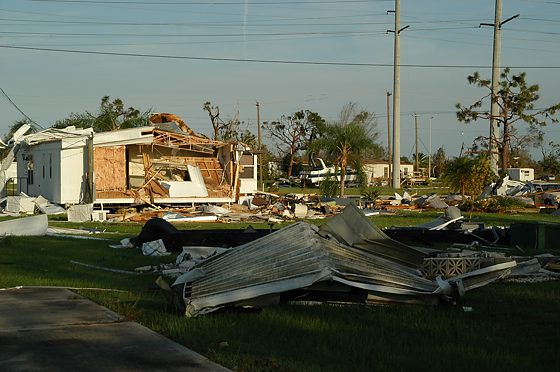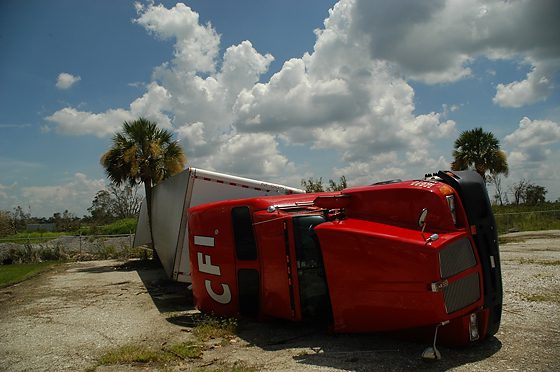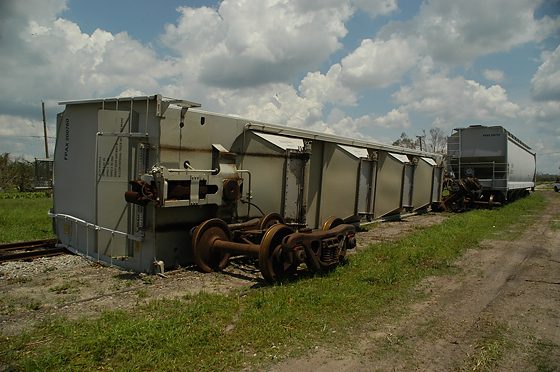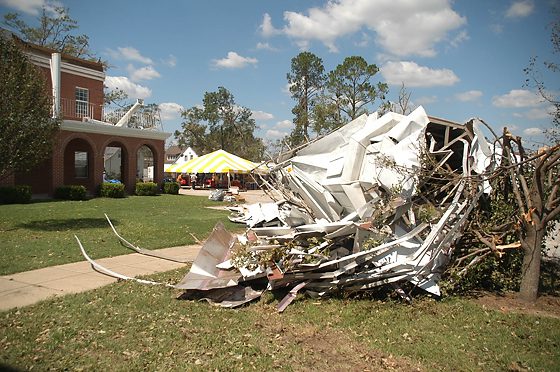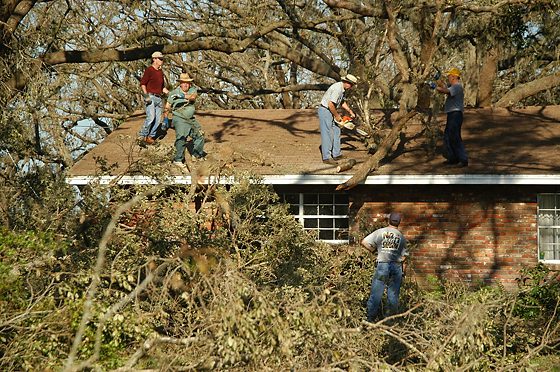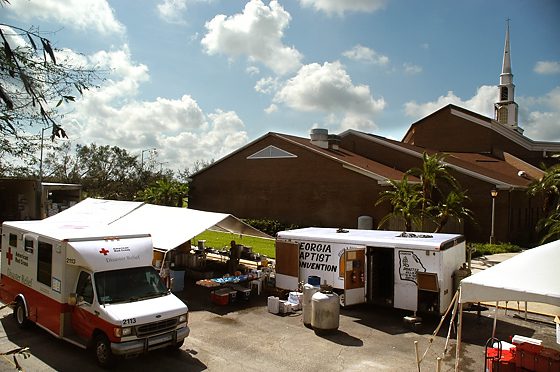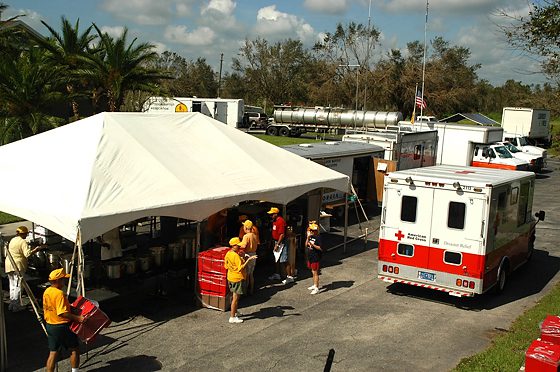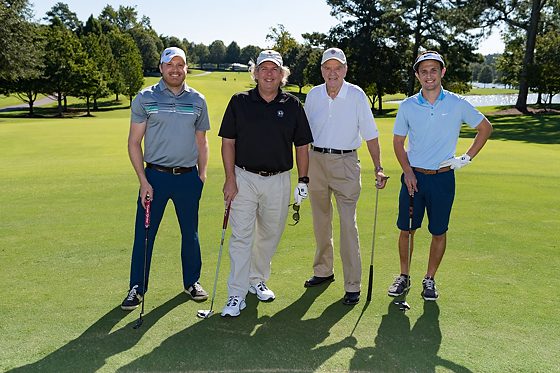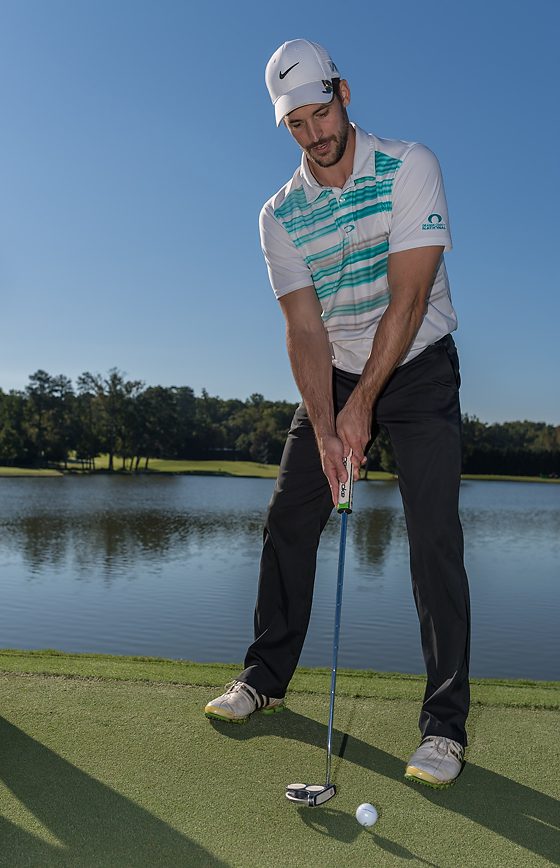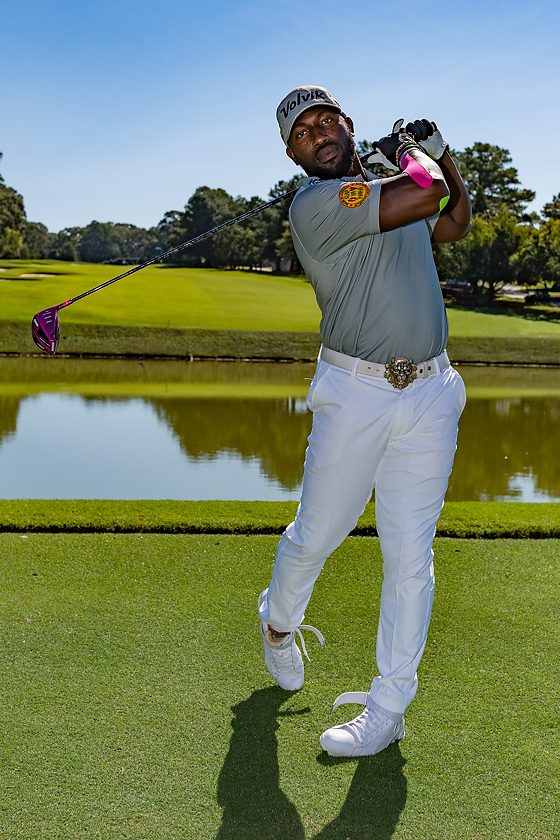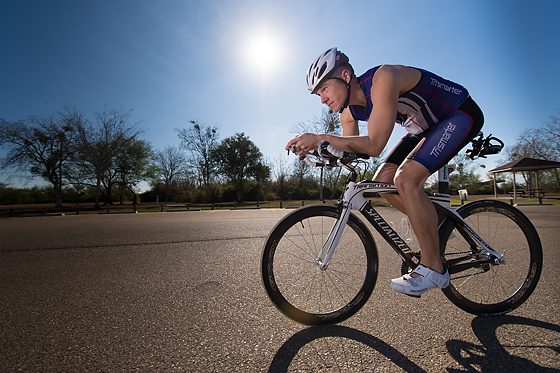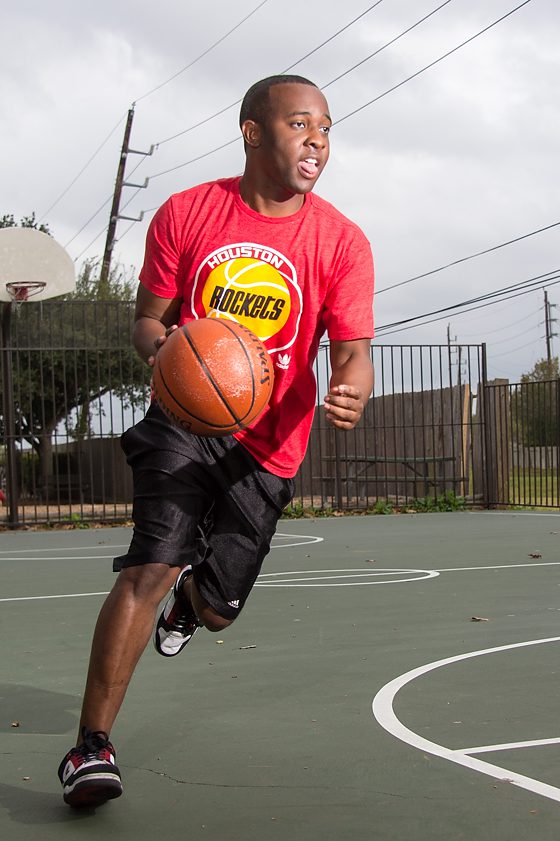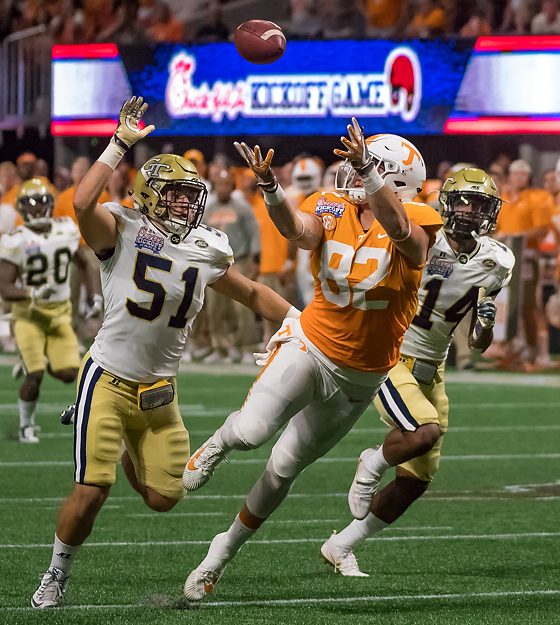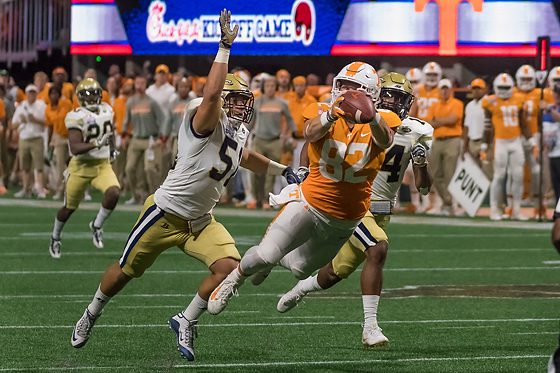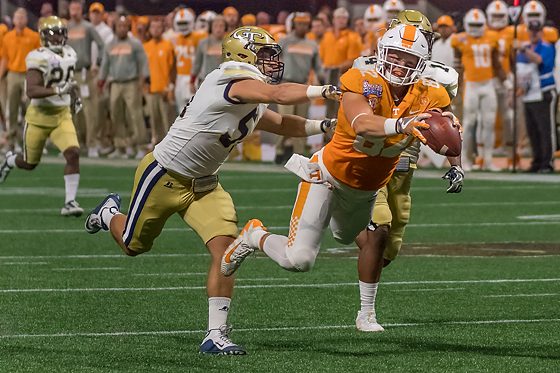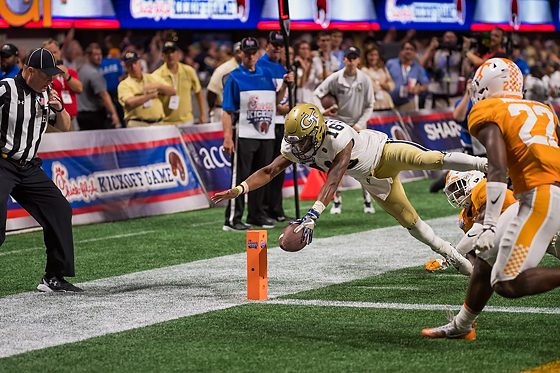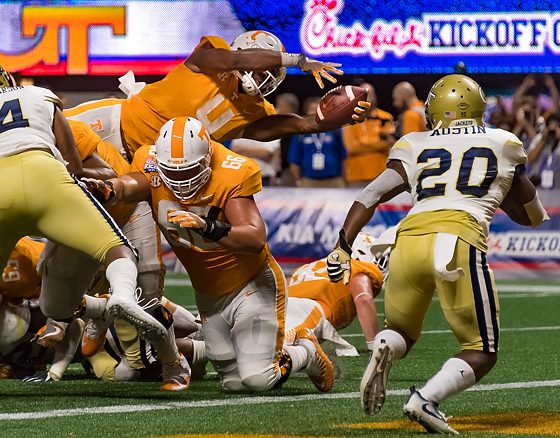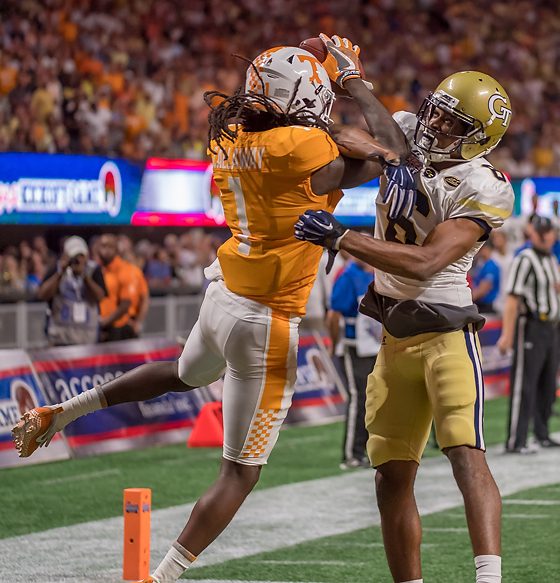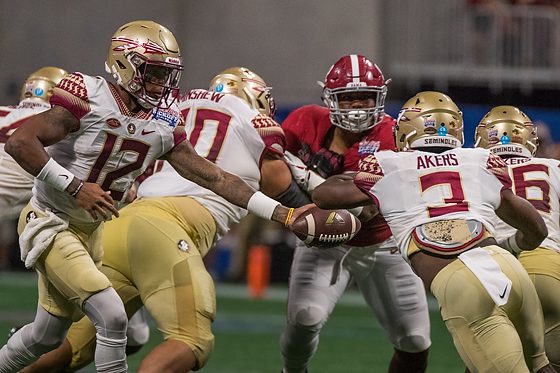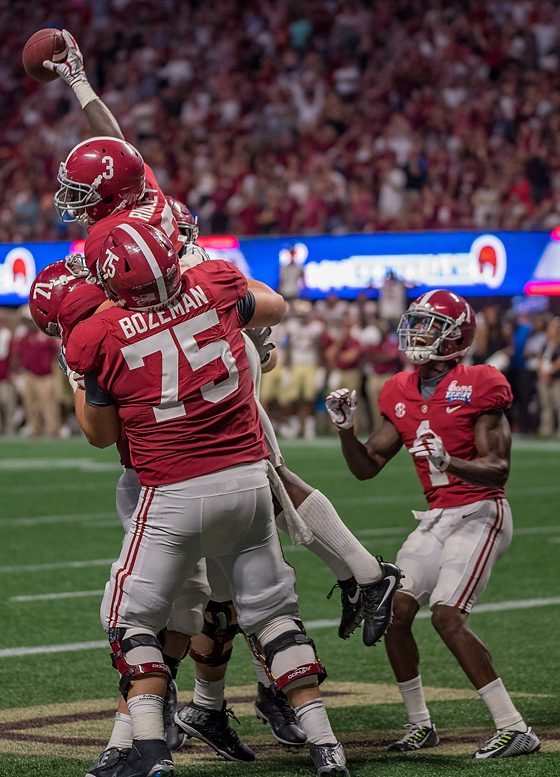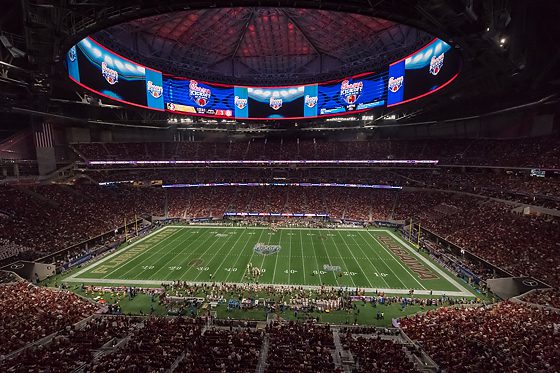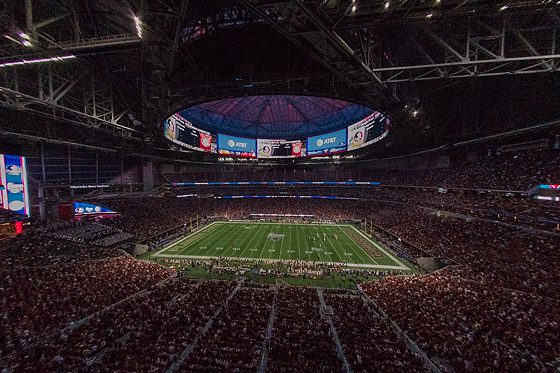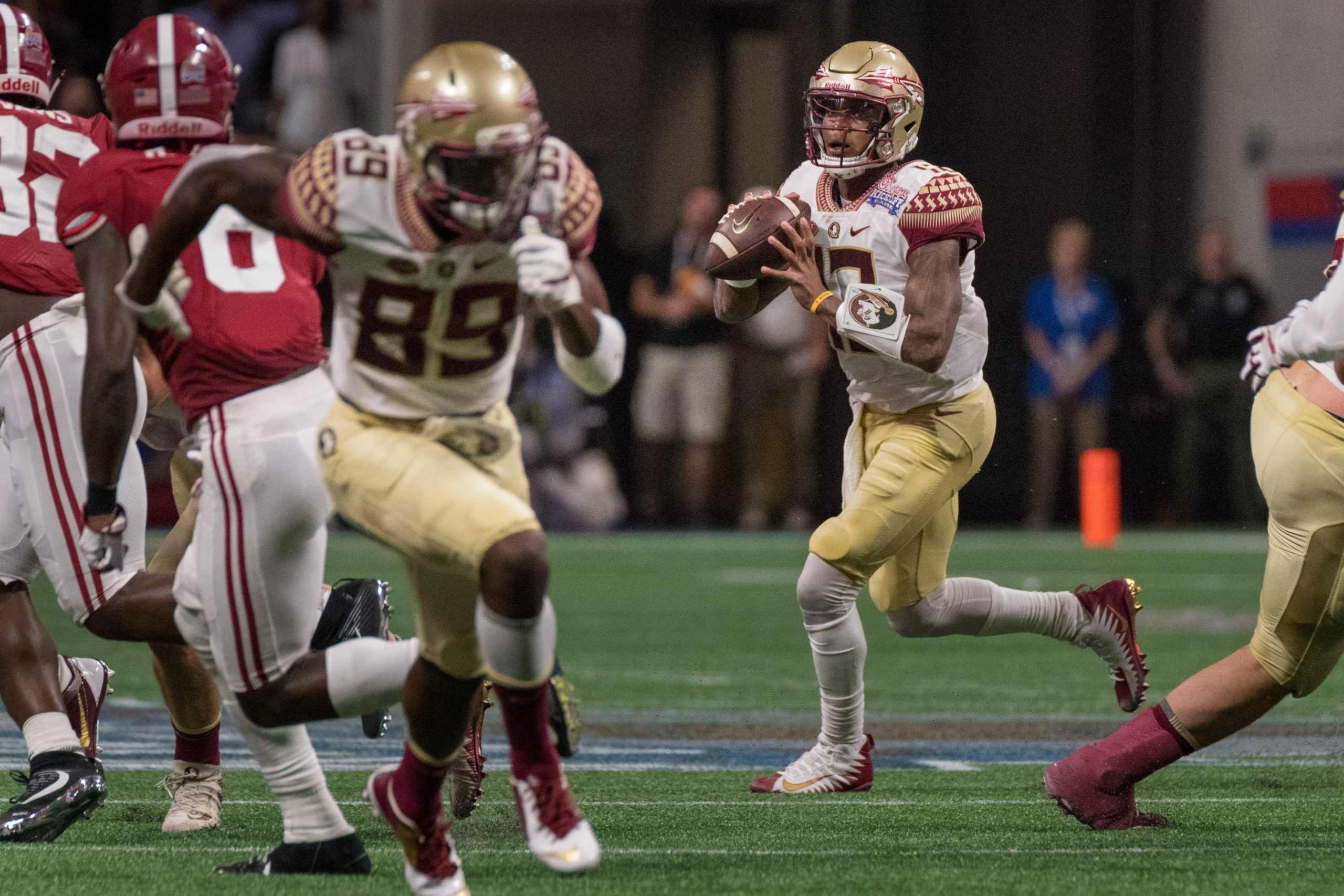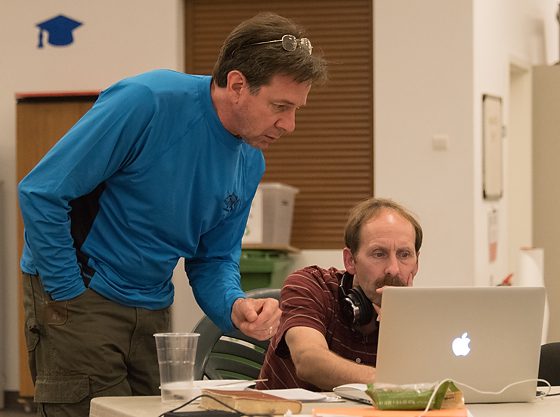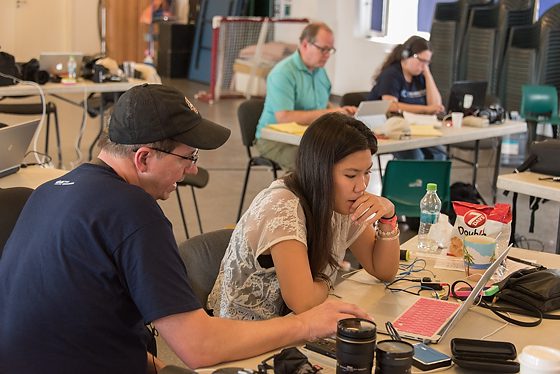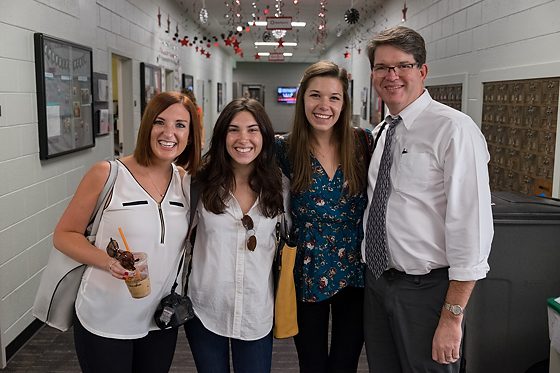
For the past nine to ten years, I have made a journey to Mark Johnson’s Advanced Photojournalism class at the Grady School of Journalism on the campus of the University of Georgia. I present how to make a living as a photographer each time.
During this last visit, three of Mark’s former students I work with on my Chick-fil-A account also came to the class. They had all been in the class when I spoke in the past.
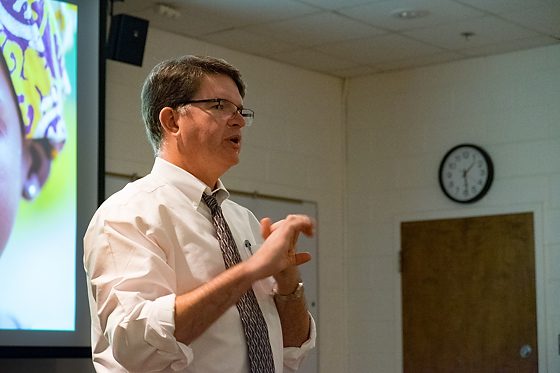
Earlier in the morning, Brenna Chambliss and I did a video shoot in town with a Chick-fil-A operator. She was my client and directed the project. Just a few years ago, she was one of Mark’s students.
After we finished that morning, Brenna took me around campus for a tour. I got to ring the bell on campus. I had never done that before. That was an excellent experience.
Brenna told me she learned more about life lessons from Mark Johnson than from other UGA classes. He was the person that helped her understand that it is all about relationships.

The program has grown in the past few years. They now have 80 students taking the introductory photojournalism class, and his advanced class has 20 students, whereas, in the past, that was limited to 16.

My presentation you can download it from the link above.
The best part about having Jackie, Brenna, and Mercedes is that they were the evidence that there are jobs in the industry for the students.
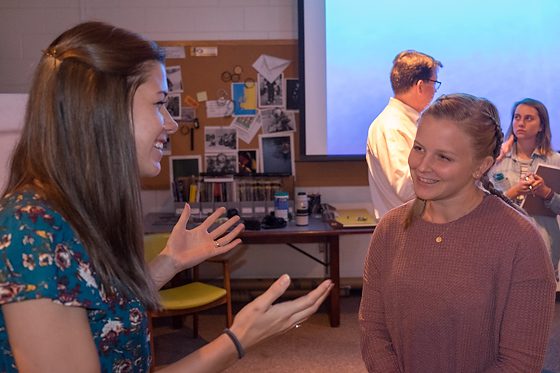
During the class and afterward, the students asked many questions and talked with all of us.
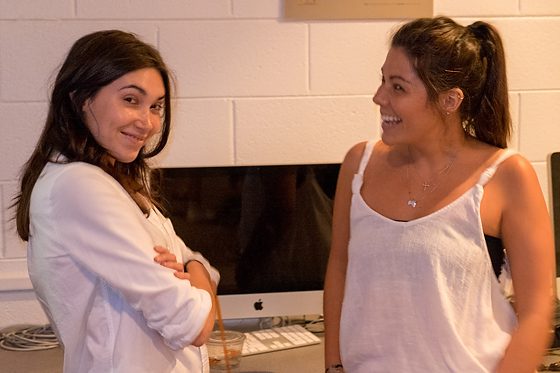
Mark got a lot of hugs from Jackie, Brenna, and Mercedes. Now that they have been working for a few years, they know even more about how much Mark prepared them for today’s jobs.
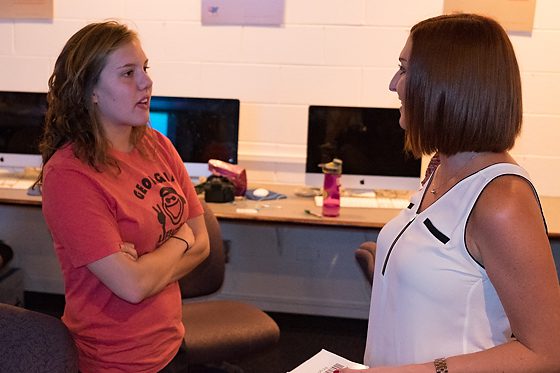
During the presentation, I realized I could ask the three who were with me some points I wanted to make. When she meets with a client, I ask Jackie what she talks to them about for a project. She wasn’t expecting this, and we hadn’t rehearsed, but she listed how she would ask questions about why they needed something. She would then talk to them so that all the ideas addressed that need. She also gives them options.

I then put up the PowerPoint slide, which said exactly what I had prepared. I knew Jackie would know what to say because professional communicators who do a great job start with asking clients questions to help them meet those objectives that sometimes they haven’t thought about.
For more than nine years, I have gone to the class, met people, and helped some of them find jobs with Chick-fil-A or even steered them to other employers. I have helped some of them with internships in the summer with WinShape Camps, a non-profit run by the family that owns Chick-fil-A.
When I was first asked if it was OK if the three ladies came along, they were thinking more about how wonderful it would be to visit and see Mark Johnson. Their question was how they could justify going to the class away from their jobs. I suggested they make it a recruiting trip.
Ken Willis, their agency’s boss, understood what I was suggesting and made it a recruiting time for them.
When I asked Jackie how she thinks it went for possible people, she had an excellent response, “We will see who follows up.”
Not all 20 students met with one of the three that came to recruit. Some had to go to other classes and take their cards. Some talked to them.
I suggest that whenever a possible employer comes to your class, do your best to meet them. Show interest in them and try to learn as much as you can about their work environment and what they do. There is no job to turn down until they offer one.
If you take their card, write them a letter thanking them for coming. Why? The reason is quite simple. You need to network and build your contact database and build relationships. While you may not work for the person you meet, they are often a great resource with their network to put you in touch with someone who might be a better fit. You can’t find this out unless you attempt to build those relationships that will become your network for the rest of your life.

